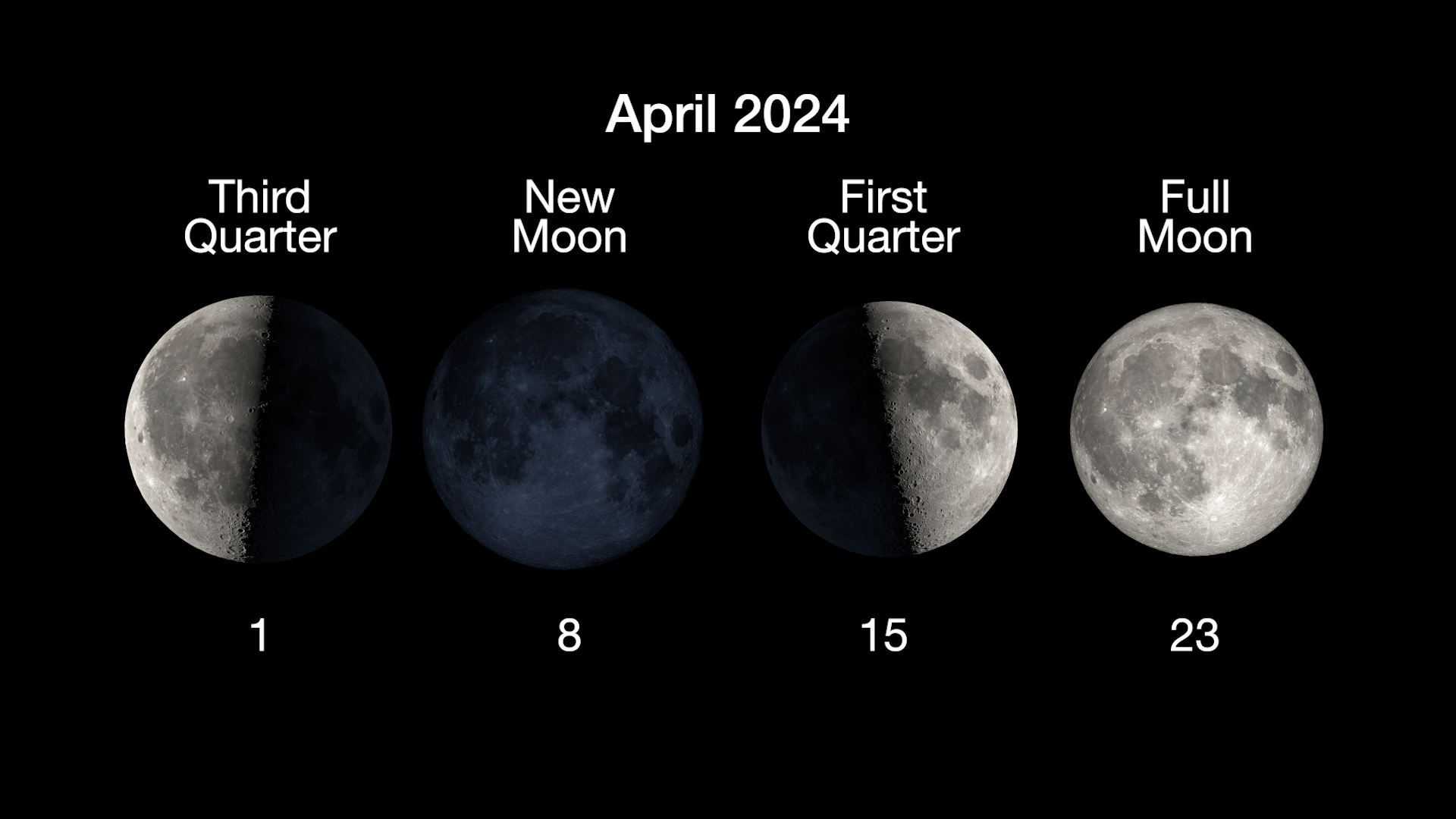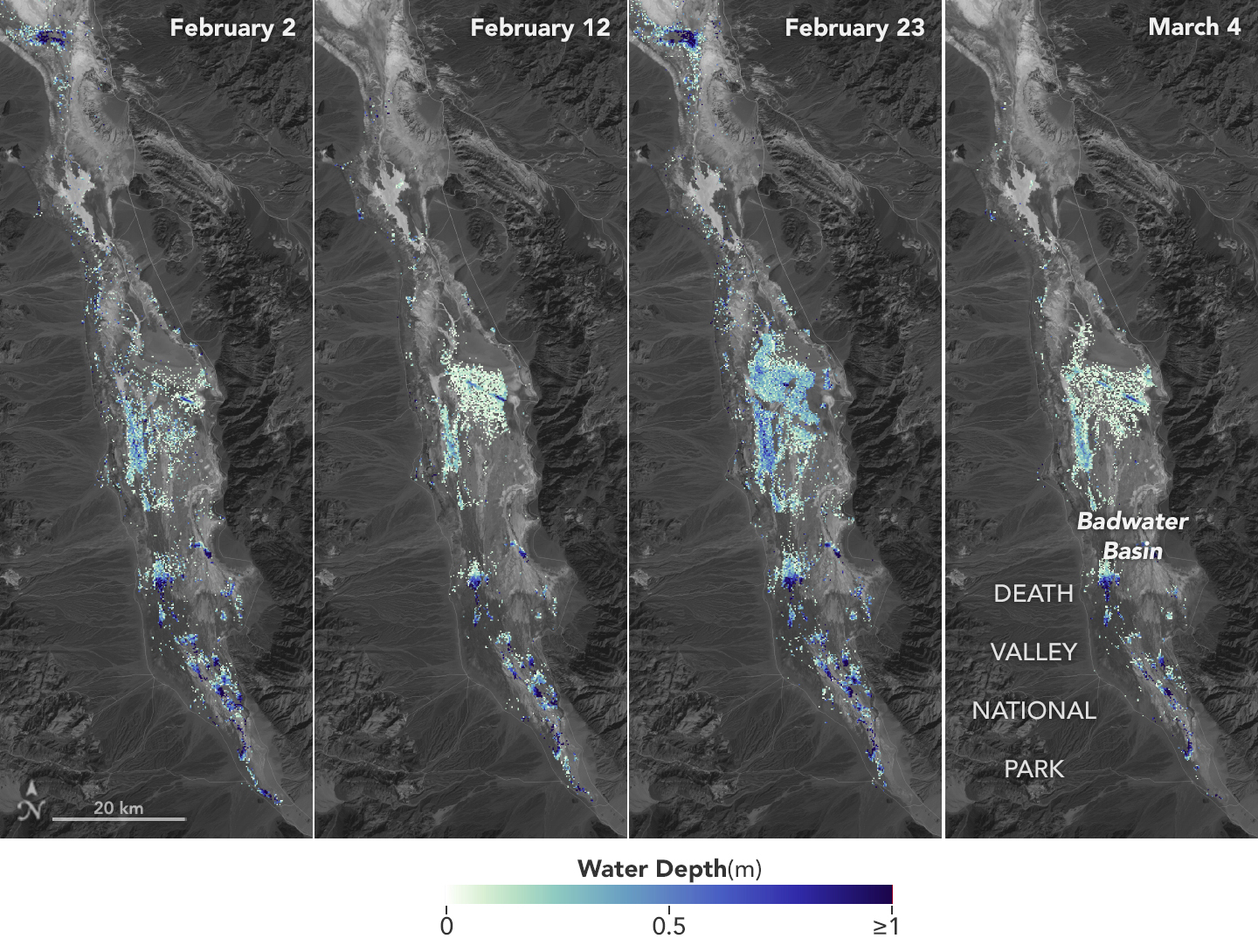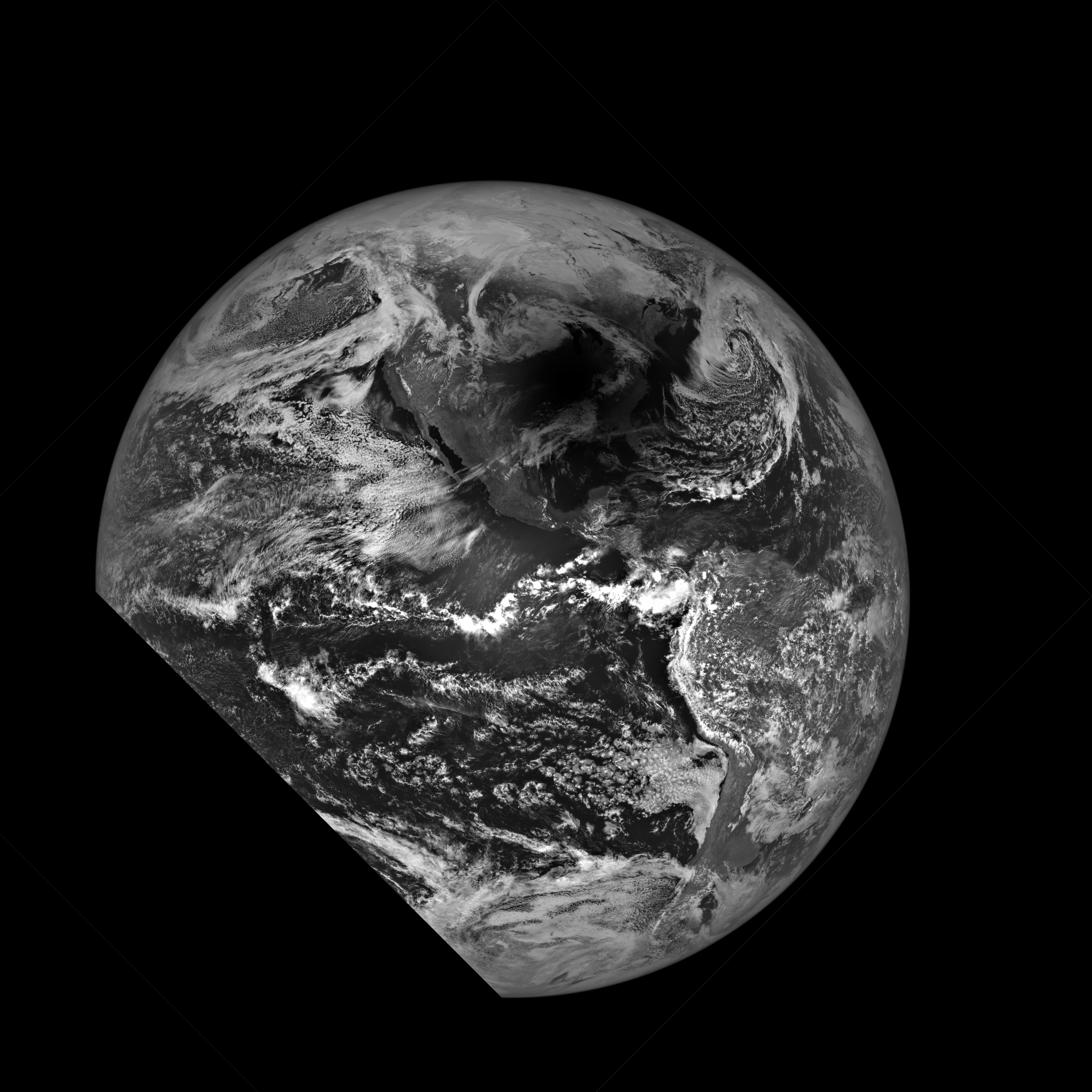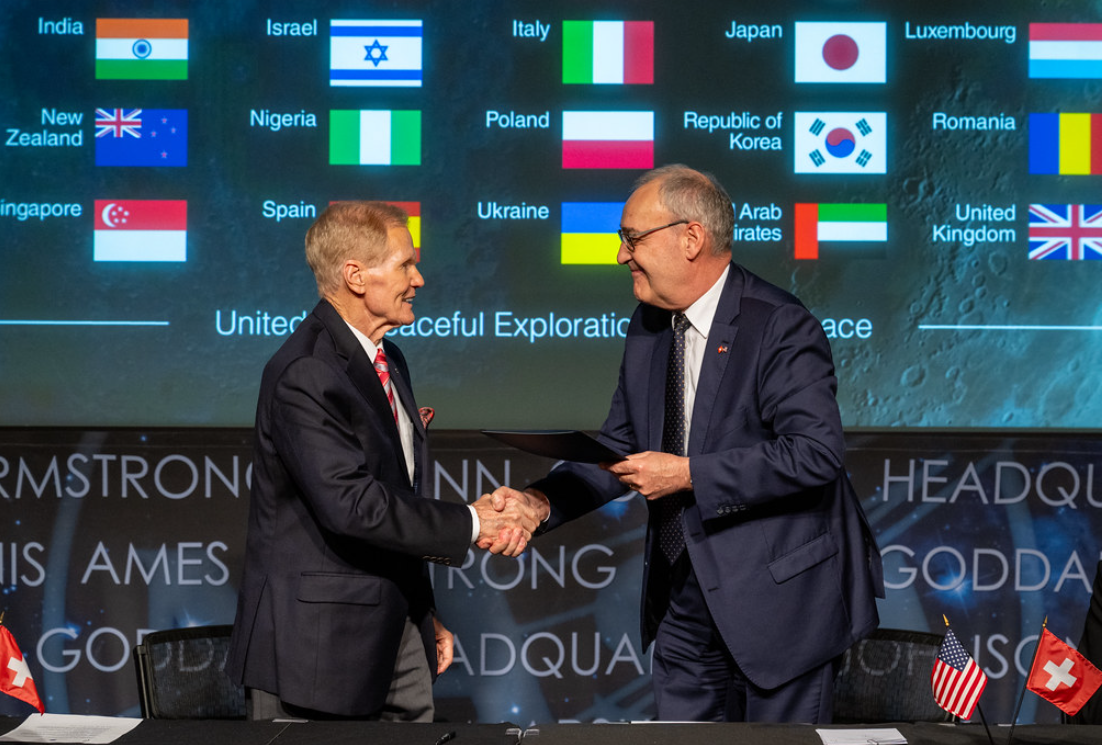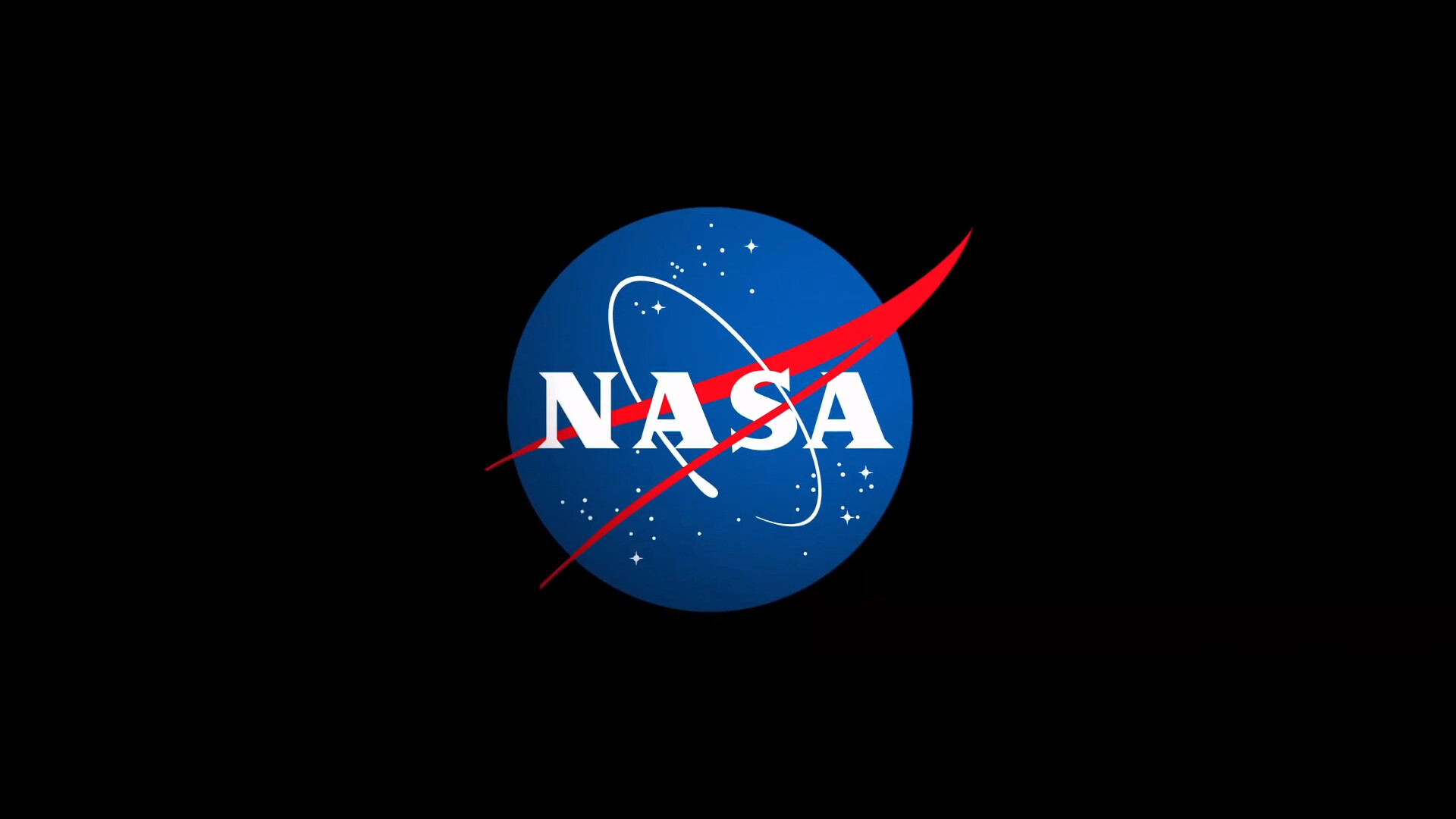Pioneer 3
Type
Launch
Target
Objective
Pioneer 3 was the first of two U.S. Army launches to the Moon. The spacecraft failed to fly by the Moon and go into a heliocentric orbit as planned, but it did return valuable data about the Van Allen radiation belts that encircle Earth.
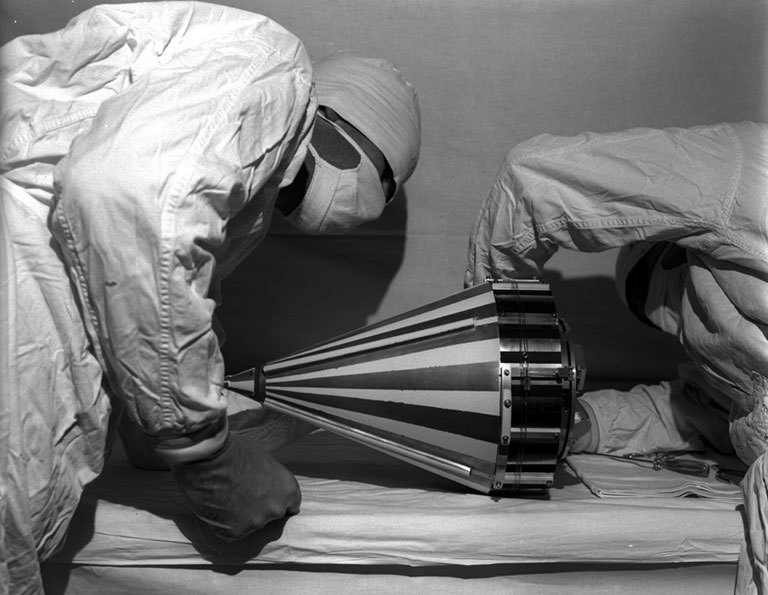
What was Pioneer 3?
Pioneer 3 was the first of two U.S. Army launches to the Moon. The spacecraft failed to fly by the Moon and go into a heliocentric orbit as planned, but it did return valuable data about the Van Allen radiation belts that encircle Earth.
Nation | United States of America (USA) |
Objective(s) | Lunar Flyby |
Spacecraft | Pioneer 3 |
Spacecraft Mass | 13 pounds (5.87 kilograms) |
Mission Design and Management | NASA / ABMA / JPL |
Launch Vehicle | Juno II (no. AM-11) |
Launch Date and Time | Dec. 6, 1958 / 05:44:52 UT |
Launch Site | Cape Canaveral Air Force Station, Fla. / Launch Complex 5 |
Scientific Instruments |
|
Key Dates
Dec. 6, 1958: Launch
Dec. 7, 1958: Reentered Earth's atmosphere
In Depth: Pioneer 3
This mission was the first of two U.S.Army launches to the Moon.
Pioneer 3 was a spin-stabilized probe (up to 400 rpm) whose primary goal was to fly by the Moon. Two special 0.21-ounce (6-gram) weights were to be spun out on 5 foot (1.5-meter) wires to reduce spin to 6 rpm once the mission was underway.
The spacecraft carried an optical sensor to test a future imaging system. If the sensor received a collimated beam of light from a source (such as the Moon) that was wide enough to pass through the lens and fall simultaneously on two photocells, then the sensor would send a signal to switch on the imaging system (which was actually not carried on this spacecraft).
Unfortunately, the main booster engine shut down 4 seconds earlier than planned due to premature propellant depletion. Once put on its trajectory, it was determined that Pioneer 3 was about 640 miles per hour (1,030 kilometers per hour) short of escape velocity. It eventually reached a maximum altitude of 63,580 miles (102,322 kilometers) and subsequently plummeted and burned up over Africa 38 hours 6 minutes after launch.
In addition, the de-spin mechanism failed to operate, preventing the test of the optical system.
The radiation counters, however, returned important data. Dr. William H. Pickering (1910-2004), in a paper presented to an IGY Symposium on Dec. 29, 1958, noted that “[w]hile the results of the launch were disappointing … the dividend of radiation measurements of the Van Allen Belt gained as the payload returned to Earth were of great value in defining this energy field.”
This data contributed to the major scientific discovery of dual bands of radiation around Earth.
Additional Resources
Key Source
Siddiqi, Asif A. Beyond Earth: A Chronicle of Deep Space Exploration, 1958-2016. NASA History Program Office, 2018.

